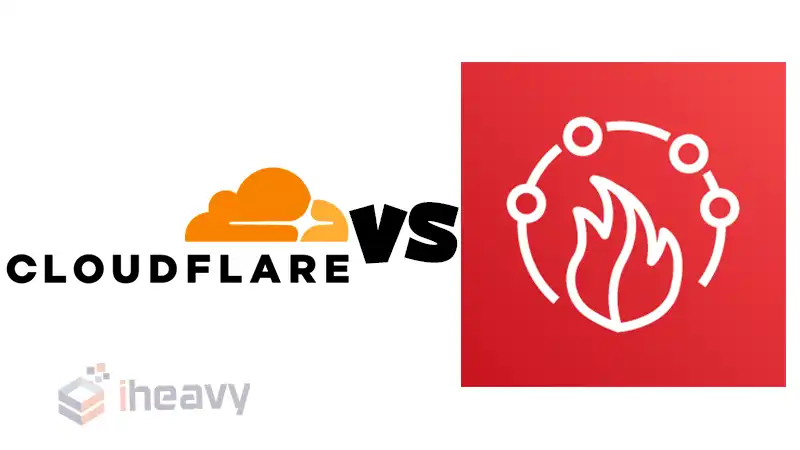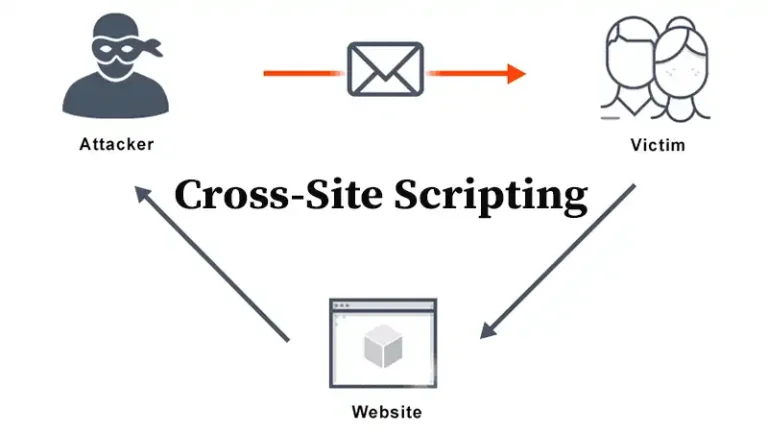Comparing Cloudflare and AWS WAF | [Answered]
When it comes to securing web applications and protecting against various threats, both Cloudflare and AWS WAF (Web Application Firewall) offer robust solutions. In this article, we’ll explore the key features, differences, and considerations when choosing between Cloudflare and AWS WAF.

What is the Cloudflare
Cloudflare is a comprehensive cloud-based platform that provides a range of services, including CDN (Content Delivery Network), DDoS (Distributed Denial of Service) protection, DNS (Domain Name System) management, and security features such as Web Application Firewall (WAF). Cloudflare’s WAF is designed to protect web applications from common attacks, including SQL injection, cross-site scripting (XSS), and cross-site request forgery (CSRF).
Understanding Amazon Web Services (AWS) WAF
AWS WAF is a web application firewall service provided by Amazon Web Services (AWS). It allows users to create custom rules to filter HTTP and HTTPS traffic and protect web applications running on AWS infrastructure. AWS WAF integrates seamlessly with other AWS services, such as Amazon CloudFront (AWS’s CDN service) and Amazon API Gateway.
Feature Comparison
Now we’ll discuss the factors that can be directly compared these two.
Ease of Use
Cloudflare is known for its user-friendly interface and ease of setup, making it suitable for users with varying levels of technical expertise. AWS WAF, while powerful, may have a steeper learning curve due to its integration with the broader AWS ecosystem.
Coverage and Performance
Cloudflare operates a global network of data centers, providing extensive coverage and fast response times for web traffic. AWS WAF’s performance may vary depending on the selected AWS region and the configuration of associated AWS services.
Customization and Flexibility
AWS WAF offers extensive customization options, allowing users to create complex rulesets tailored to their specific security requirements. Cloudflare also provides customization options but may have limitations compared to AWS WAF in terms of flexibility and granularity.
Integration with Other Services
Both Cloudflare and AWS WAF integrate with other services within their respective platforms. Cloudflare offers seamless integration with its CDN and DNS services, while AWS WAF integrates tightly with AWS services like CloudFront and API Gateway.
Considerations for Choosing
Now let’s focus on the factors which will play crucial rule in choosing the right option.
Budget
Cloudflare offers tiered pricing plans based on features and usage, making it suitable for businesses of all sizes. AWS WAF pricing is based on usage and can vary depending on the volume of web traffic and associated AWS services.
Technical Requirements
Consider the technical requirements of your web applications and infrastructure. If you’re already using AWS services extensively, AWS WAF may be a natural choice due to its integration with the AWS ecosystem.
Security Needs
Evaluate your security needs and the level of protection required for your web applications. Both Cloudflare and AWS WAF offer robust security features, but the effectiveness may vary depending on your specific use case and threat landscape.
Frequently Asked Questions (FAQ)
Can I use Cloudflare and AWS WAF together?
Yes, you can use Cloudflare’s CDN and DNS services in conjunction with AWS WAF to provide additional layers of security and performance optimization for your web applications.
Which service offers better DDoS protection: Cloudflare or AWS WAF?
Both Cloudflare and AWS WAF offer DDoS protection features, but Cloudflare’s global network of data centers may provide broader coverage and faster mitigation of DDoS attacks.
Can I use AWS WAF with web applications hosted outside of AWS?
Yes, AWS WAF can be used to protect web applications hosted outside of AWS by integrating it with Amazon CloudFront as a CDN or using AWS WAF’s regional endpoint feature.
Conclusion
Choosing between Cloudflare and AWS WAF depends on various factors such as budget, technical requirements, and security needs. By understanding the key features and differences between the two services, you can make an informed decision to protect your web applications effectively.





